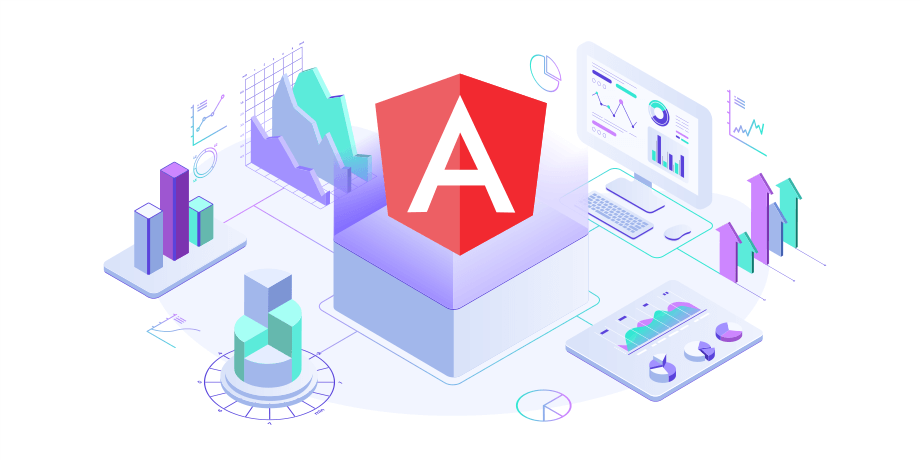CPOpen: Your Gateway to Current Affairs
Stay updated with the latest trends and insights across various topics.
Angular Antics: Crafting Dynamic Web Wonders
Unlock the secrets of Angular! Dive into dynamic web development and transform your coding skills with Angular Antics today!
Understanding Angular Directives: The Key to Dynamic UI
Angular directives are a fundamental concept in Angular that allow developers to create dynamic and reusable UI components. They extend HTML with new attributes and provide a way to attach behavior to DOM elements. There are three main types of directives in Angular: component directives, which are used to create custom components; structural directives, such as *ngIf and *ngFor, that change the structure of the DOM; and attribute directives, which change the appearance or behavior of existing elements. Understanding these directives is crucial to harnessing the full potential of Angular in building feature-rich applications. For further insights on this topic, consider visiting Angular's official documentation.
By effectively utilizing Angular directives, developers can create a more interactive and engaging user experience. For instance, structural directives enable the conditional rendering of components based on specific criteria, while attribute directives allow for dynamic styling adjustments based on application state. This flexibility is what makes Angular a preferred choice for modern web development. To dive deeper into the applications and techniques regarding directives, check out this useful resource: Angular In Depth.

Angular vs. React: Which Framework Should You Choose for Your Next Project?
When it comes to choosing between Angular and React for your next project, understanding the core differences is essential. Angular, developed by Google, is a full-fledged MVC framework that offers a comprehensive solution for building dynamic web applications. It utilizes a two-way data binding mechanism that simplifies the syncing between the UI and the model. On the other hand, React, created by Facebook, is a JavaScript library focused on building interactive user interfaces. It promotes a component-based architecture, allowing developers to create reusable UI components with ease. To learn more about the architectural differences, check out this article on Telerik.
When choosing the right framework, consider factors such as performance, learning curve, and community support. While React is generally perceived to have a gentler learning curve, it requires additional libraries for state management and routing, which can add complexity to the setup. Angular offers a more opinionated structure, which can be beneficial for larger applications. Both frameworks have strong community support, but React has a larger ecosystem and a broader range of libraries and tools available. For a deeper dive into the pros and cons, refer to this comprehensive comparison on freeCodeCamp.
Top 5 Tips for Optimizing Angular Applications for Performance
Optimizing Angular applications for performance is essential to enhance user experience and reduce loading times. Here are five crucial tips to help you achieve optimal performance:
- **AOT Compilation**: Use Ahead-of-Time (AOT) compilation to pre-compile your application during the build process instead of runtime. This reduces the amount of code sent to the browser and improves loading speeds. Learn more about AOT in the official Angular documentation here.
- **Lazy Loading**: Implement lazy loading to load modules only when they are needed. This helps decrease the initial load time by splitting your application into manageable modules that are loaded on demand. For detailed coding examples, check out this guide.
3. **Change Detection Strategy**: Optimize the change detection strategy by using OnPush when appropriate. This ensures Angular checks for changes only when specific conditions occur, thereby improving performance in complex applications. For more insights, visit this page on Change Detection Strategies.
- **Track By Function**: Enhance the performance of your *ngFor directives by using a trackBy function. This helps Angular identify which items have changed, are added, or are removed, thus minimizing DOM manipulations. See how to implement this in your project here.
- **Optimize Bundle Size**: Utilize tools like Webpack to analyze and minimize your bundle size. By removing unused code and libraries, you can significantly improve load times. For a comprehensive guide on managing bundle sizes, refer to Angular's build documentation.